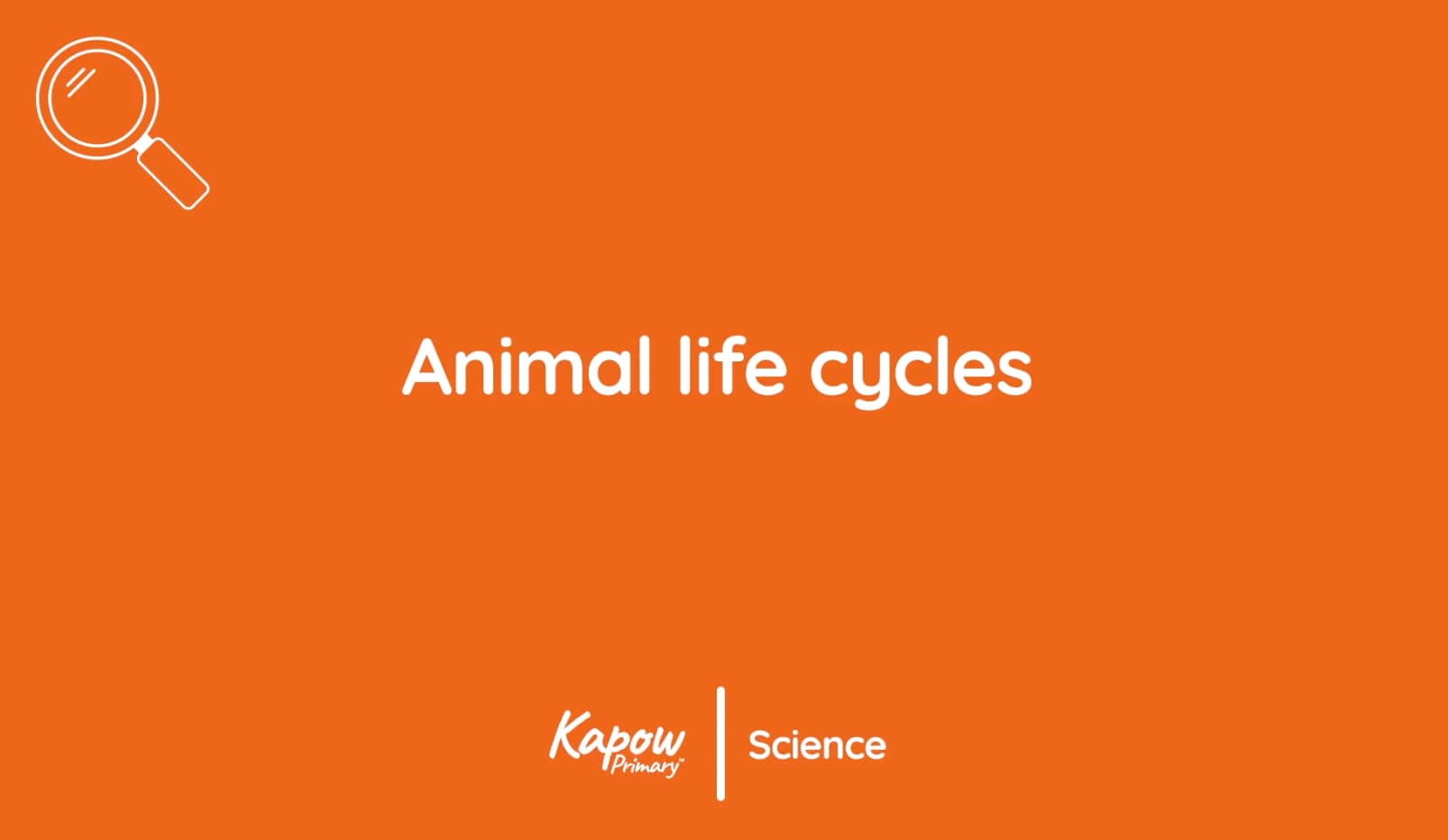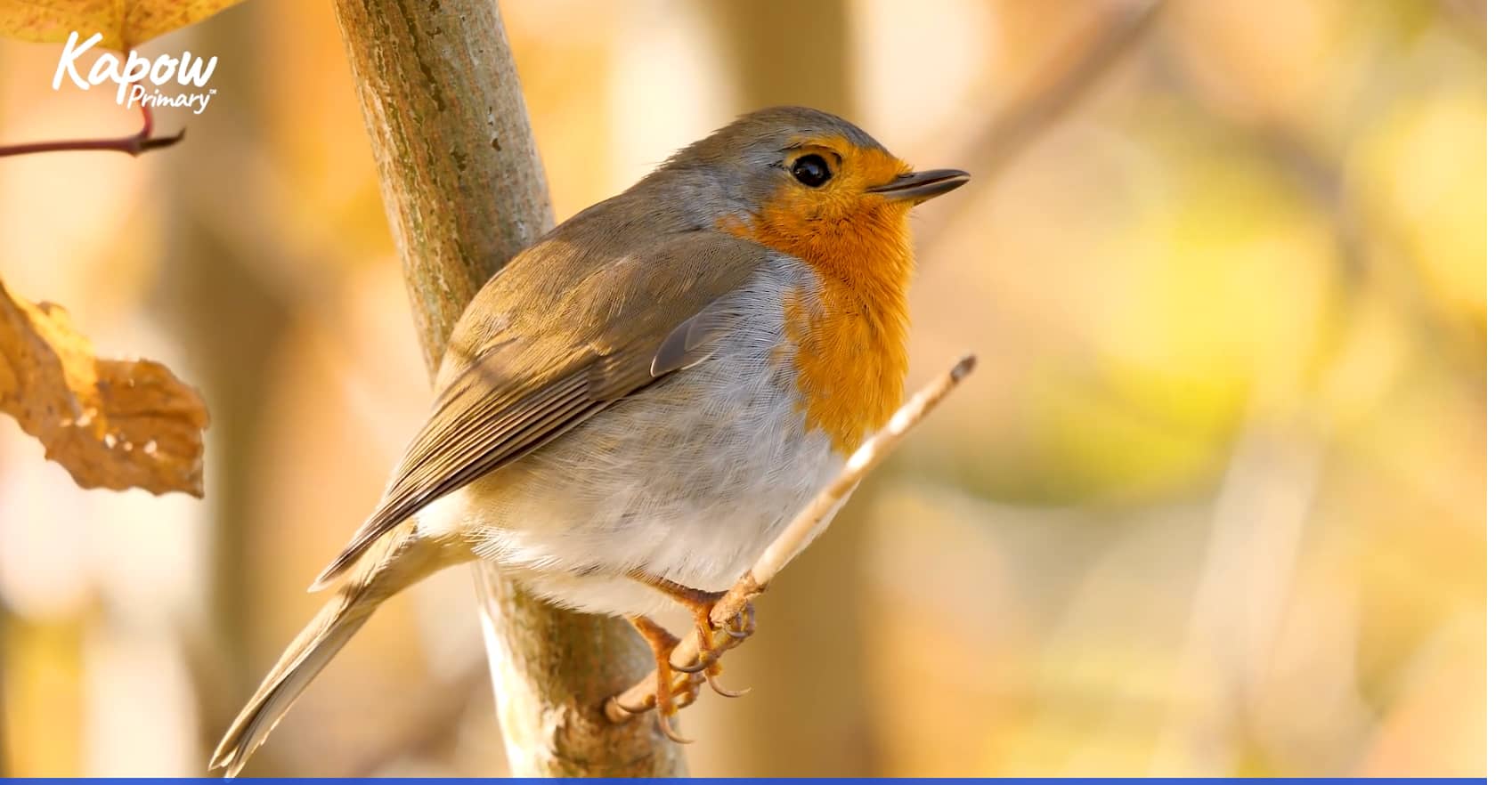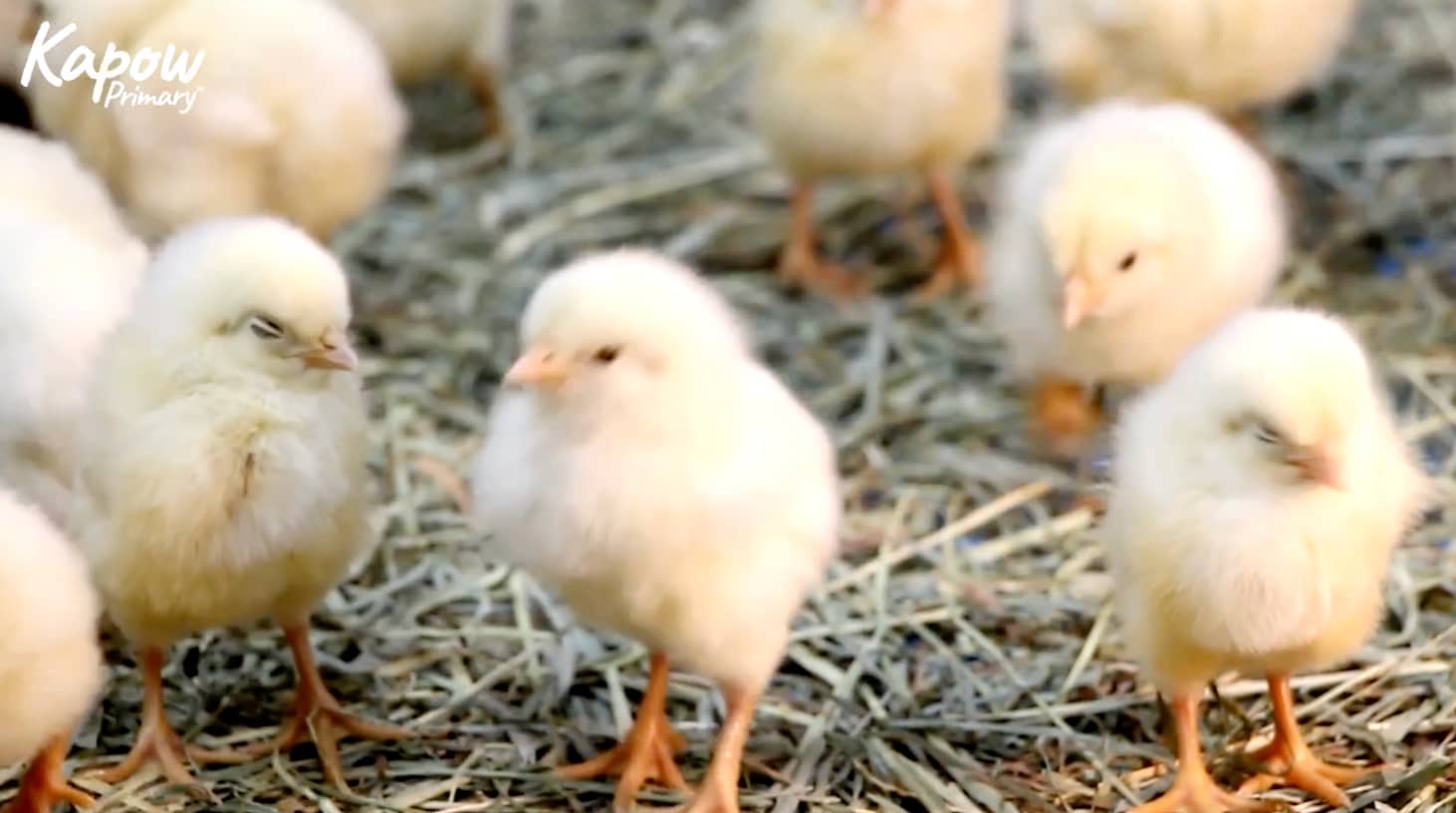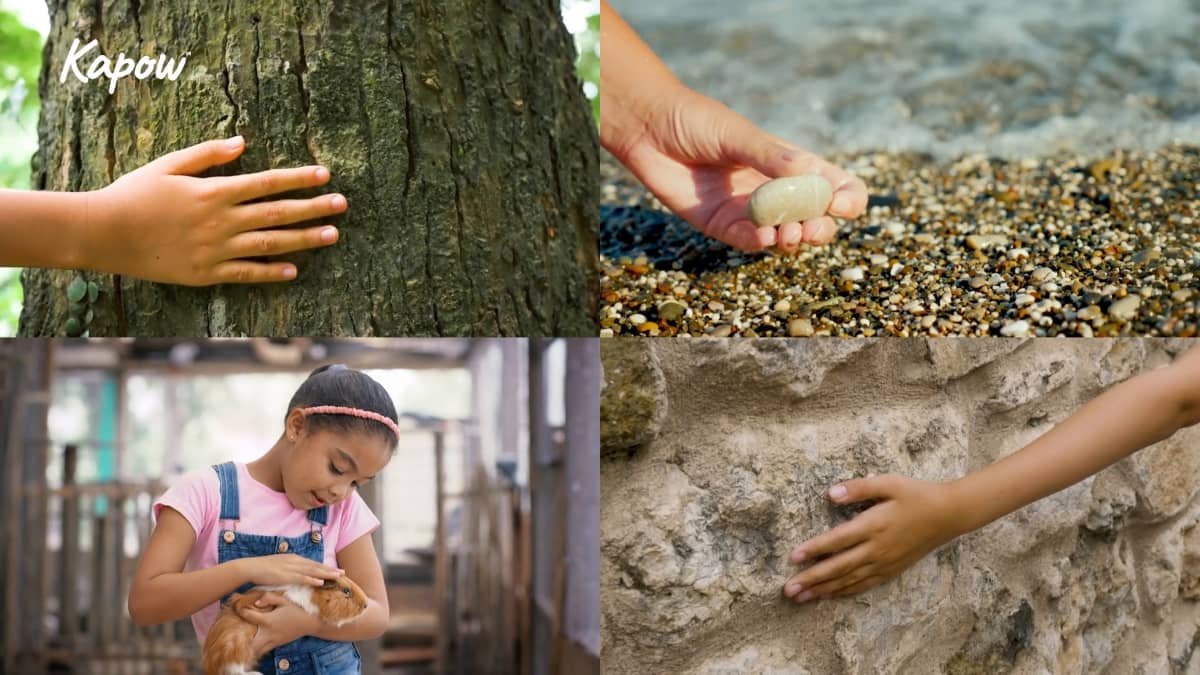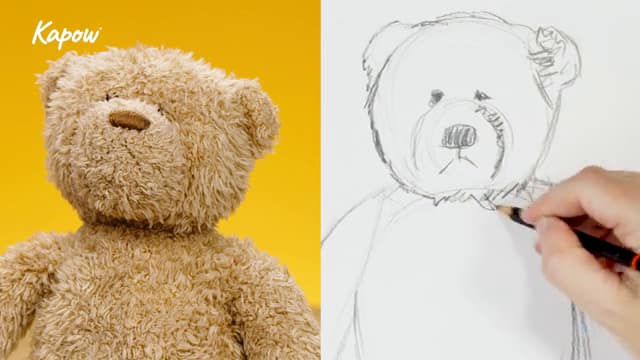This Kapow pupil video is part of the Kapow Science scheme of work. It is designed for pupils and explores the life cycles of animals, showing how they are born or hatched and grow into adults.
year: Year 2
Pupil video: Survival
This Kapow pupil video is part of the Kapow Science scheme of work. It is designed for pupils and explores how animals meet their basic needs to survive in different environments.
Teacher video: Health and hygine
This Science scheme of work video introduces teachers to the skills needed to help Key Stage 1 pupils understand the core principles of health and hygiene.
Pupil video: Offspring
This Kapow pupil video is part of the Kapow Science scheme of work. It is designed for pupils and takes them on a journey through the animal kingdom to discover how baby animals grow into adults.
Pupil video: What is texture?
Pupil video: Prayer clothing and objects
Teacher video: Supporting observational drawing
Pupil video: Prayer
Unit overview: How do some people talk to God?
This Religion and worldviews video supports teachers delivering a unit that explores the big questions: How do people show what they think and believe? and What makes objects special to believers? Children investigate different prayer practices and explore how people from Muslim, Jewish, Hindu, and non-religious worldviews express belief through prayer, meditation, and reflection.

